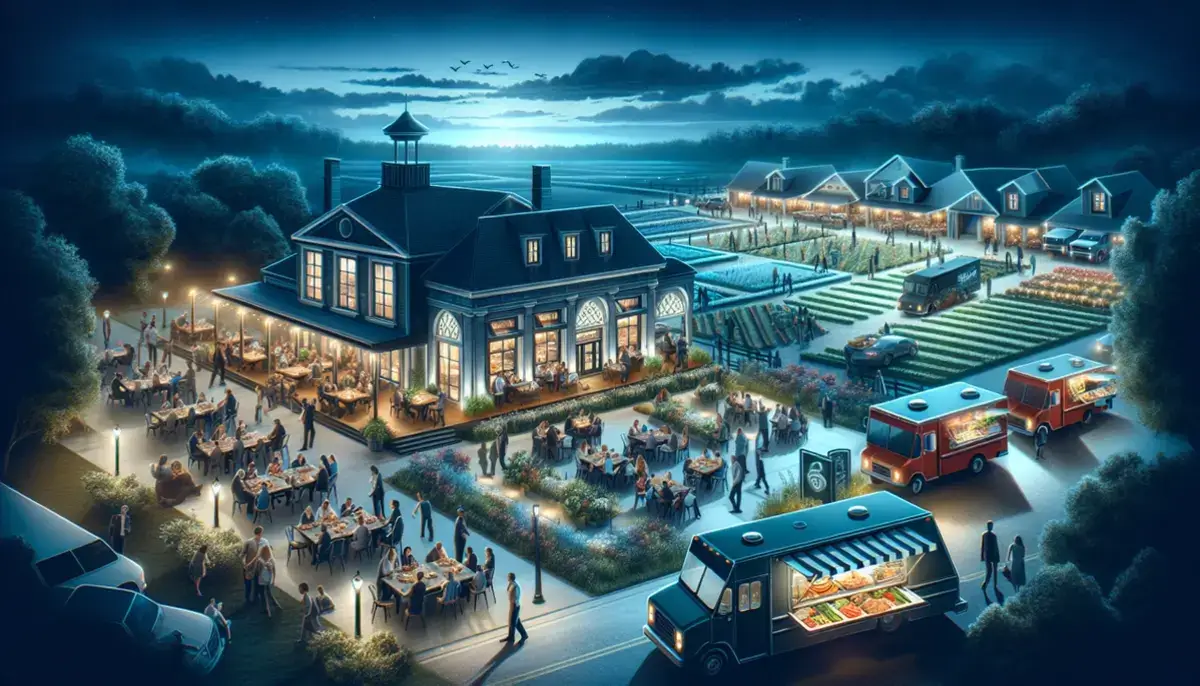See how BrewCircle Coffee grew revenue by 38% with a subscription model and how Rosario’s Family Trattoria tripled engagement through Instagram-driven menu drops. These case studies showcase innovative strategies for boosting customer loyalty and driving growth.
Case Study 1: How BrewCircle Coffee Launched a Subscription Model and Boosted Monthly Revenue by 38%
About the Business
In a city known for its coffee culture, BrewCircle Coffee opened its doors in 2021 as a specialty café in Seattle, Washington. With just 18 indoor seats and 6 outdoor spots, it quickly attracted a loyal morning crowd, but maintaining steady revenue proved difficult. Like many small-format cafés, BrewCircle faced the challenge of turning peak-hour buzz into all-day stability. What followed was a bold move: a subscription model that redefined customer loyalty and lifted monthly revenue by 38%.
About the business
Name: BrewCircle Coffee
Location: Seattle, Washington
Business Type: Specialty coffee shop
Opened: 2021
Seats: 18 indoor + 6 outdoor
At first glance, BrewCircle Coffee had all the markers of a promising restaurant startup: strong branding, quality sourcing, and a prime Seattle location. Within months of opening, it built a dependable base of early morning regulars. But what followed was a plateau all too common in the restaurant business.
Traffic nosedived after 10 a.m. Pastry shelves went untouched by noon. Revenue spiked and dipped unpredictably. Inventory planning was guesswork. And worst of all, customer engagement vanished outside peak hours. BrewCircle found itself caught between reliability and risk, a space where even beloved small cafés can spiral toward instability.
This pattern mirrored many case study examples in the café segment: high customer love, low long-term leverage.
The team at BrewCircle knew that prepaid loyalty wasn’t new - just underutilized in hospitality. Inspired by fitness studios and digital content platforms, they built a subscription tier tailored for their most reliable audience: weekday regulars.
What they launched:
A $25/month plan offering one drink per day.
Full app integration for frictionless scan-and-go service.
Exclusive access to seasonal menus and behind-the-bar content.
Tiered referral incentives for network growth.
Real-time usage analytics to power purchasing and prep.
This wasn’t a gimmick. It was infrastructure. The goal was simple: shift loyal customers from casual purchases to habitual presence - a move that blended hospitality with SaaS-style revenue mechanics.
The Results: Loyalty that Paid Off
Within just 90 days, the results proved extraordinary, not only in metrics, but in operational ease:
Metric | Before | After | Change |
Avg. Monthly Revenue | $16,500 | $22,750 | +38% |
Avg. Daily Foot Traffic | 102 | 134 | +31% |
Subscription Sign-ups | 0 | 413 | New Stream |
Inventory Waste (weekly) | 7.3% | 3.9% | -47% |
Those numbers tell a story far richer than revenue alone. Daily foot traffic didn’t just increase - it evened out, helping to justify mid-shift staffing. Waste didn’t just shrink - it became manageable, allowing for fresher stock rotation. Subscription revenue didn’t just exist - it created margin room without ever touching pricing.
This is precisely what makes BrewCircle a definitive restaurant analytics case study. It shows how small systems, when aligned with behavior, yield outsized impact.

This case study about a restaurant offers more than a clever tactic - it presents a replicable, low-capital framework for stability:
Recurring revenue transforms risk into rhythm. Instead of riding peak-hour spikes, subscriptions spread value across the day, and the month.
Discount-free loyalty models preserve brand equity. No price erosion, no gimmicks, just consistent engagement through utility and exclusivity.
Data isn't optional anymore. Usage tracking enabled precise purchasing, staffing, and promo planning leading to a 47% cut in waste.
Customer routines are more powerful than customer counts. 413 subscriptions meant 413 predictable visits per day - far more valuable than occasional spikes.
In today’s hyper-fragmented foodservice industry, small-format cafés face an outsized burden: compete with chains on consistency, with indie shops on charm, and with delivery apps on convenience. The post-pandemic café boom brought high demand but even higher volatility. And for most restaurant startups, the real challenge isn’t opening - it’s sustaining.
That’s where BrewCircle Coffee stood in early 2022: a well-loved concept in a thriving market, yet exposed to the hidden risks of single-location operations - unpredictable revenue, underused staff hours, and perishables walking a tightrope between fresh and wasted.
What followed wasn’t a marketing push or a cosmetic rebrand. It was a structural shift - a carefully designed move that turned morning habits into monthly income.
Why It Matters in Today’s Market
In a segment saturated with pop-ups, “Instagrammable” interiors, and short-lived hype, BrewCircle built something quieter but more powerful: resilience.
For entrepreneurs researching restaurant business plans, case study samples, or planning for restaurant business longevity, this story offers a real-world benchmark. It’s not a tale of viral fame or outside investment. It’s a story of internal discipline - the kind that builds enduring value from routine, not reaction.
This is what happens when a café stops selling coffee and starts selling commitment.
